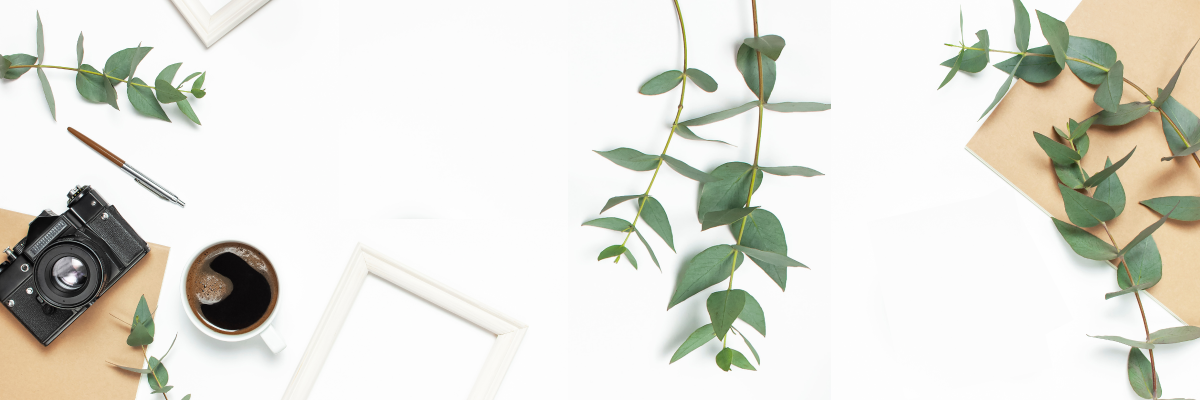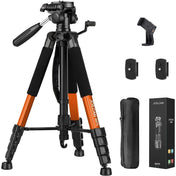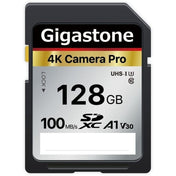Are you frustrated with blurry or poorly captured motion in your photographs? Don't worry; you're not alone! Many aspiring photographers struggle to capture movement effectively. But fear not, because there's a simple yet powerful tool that can help you take control of motion in your photos: shutter speed.
Shutter speed refers to the length of time the camera's shutter remains open, allowing light to hit the camera sensor. The right shutter speed can freeze a speeding bullet in mid-air or create a dreamy, ethereal effect by intentionally blurring motion. Understanding how shutter speed works and how to adjust it can take your photography to new heights.
Why Is Shutter Speed Important?
Shutter speed plays a crucial role in photography, especially when it comes to capturing movement. It allows you to control how motion is portrayed in your images. Fast shutter speeds freeze action, allowing you to capture crisp, sharp images of moving subjects. On the other hand, slow shutter speeds blur motion, creating a sense of dynamism and flow.
Whether you're shooting a thrilling car race or capturing the elegance of a dancer, knowing how to manipulate your camera's shutter speed will empower you to tell a story through your images. Let's delve into the various ways you can use shutter speed to achieve stunning effects.
Freeze the Action with High Shutter Speeds
If you're shooting a fast-moving subject or a high-energy event, using a high shutter speed is essential to freeze the action. A high shutter speed, typically ranging from 1/1000th of a second and faster, allows you to capture each moment with remarkable clarity.
High shutter speeds work wonders in sports photography, where every split second matters. So, the next time you're capturing a baseball pitcher's windup or a soccer player's incredible goal, set your camera to a fast shutter speed, and watch your images come alive with vibrant detail.
The Magic of Slow Shutter Speeds
While stopping the action is undoubtedly crucial in certain situations, there are times when you might want to convey a sense of motion in your photos. Slow shutter speeds, typically slower than 1/30th of a second, allow you to do exactly that.
One of the most popular techniques involving slow shutter speed is capturing smooth, silky waterfalls. By setting your camera to a slower shutter speed, around 1/4th of a second or slower, you can create a breathtaking effect where the water appears to flow gracefully. This technique adds a touch of serenity and tranquility to your images.
Slow shutter speeds are also fantastic for shooting light trails at night. Simply find a busy road or a cityscape with moving vehicles, and set your camera to a slow shutter speed. As the cars pass by, their lights will streak across the image, creating mesmerizing patterns. This technique lends an artistic, almost surreal quality to your night photography.
Panning: Capture Subject in Motion
Another fascinating technique that involves both motion and shutter speed is called panning. Panning allows you to capture a moving subject while maintaining focus on it, while creating a blurred background.
To execute the panning technique, start by setting your camera to manual focus and choose a medium to slow shutter speed, typically around 1/30th of a second. As your subject moves, follow it with your camera, smoothly tracking its motion. Press the shutter release button and continue to pan with the subject, allowing the background to blur while your subject remains sharp.
This technique is perfect for capturing fast-moving vehicles, like racing cars or motorcycles, or for showcasing the grace and agility of athletes in action. With a bit of practice, you'll be able to create dynamic images that emphasize the sense of motion and energy.
Shutter Speed and Low Light Photography
In low light situations, such as when shooting indoors or during sunset, an understanding of shutter speed is crucial. When the light diminishes, the camera needs more time to gather enough light for proper exposure. Hence, you'll need to adjust your shutter speed accordingly.
In these situations, it's common to use slower shutter speeds in order to allow more light to enter the camera. However, using slow shutter speeds handheld can result in image blur caused by camera shake. To avoid this, using a tripod or stabilizing your camera on a steady surface is recommended. Additionally, you can also increase your ISO or use a wider aperture to compensate for the lack of light.
Experiment and Explore
Remember, shutter speed isn't just a technical aspect of photography; it's a creative tool that allows you to bring your artistic vision to life. Don't be afraid to experiment with different shutter speeds, as you never know what stunning effects you might achieve.
Take your camera out and try capturing motion in various ways. Experiment with freeze-frame shots, slow shutter speeds, and panning techniques. With practice, you'll gain a deeper understanding of how to manipulate your camera's shutter speed to capture stunning images that tell a story.
Master Shutter Speed, Master Motion
By mastering the art of controlling shutter speed, you open up a world of creative possibilities. Whether you want to freeze the action or capture the graceful flow of movement, understanding how shutter speed works will enable you to express yourself through your photography.
So go ahead, pick up your camera, and explore the power of shutter speed. Play with different settings, experiment fearlessly, and watch as your photographs come alive with the essence of motion. Take control, embrace the magic of shutter speed, and elevate your photography to new heights!











